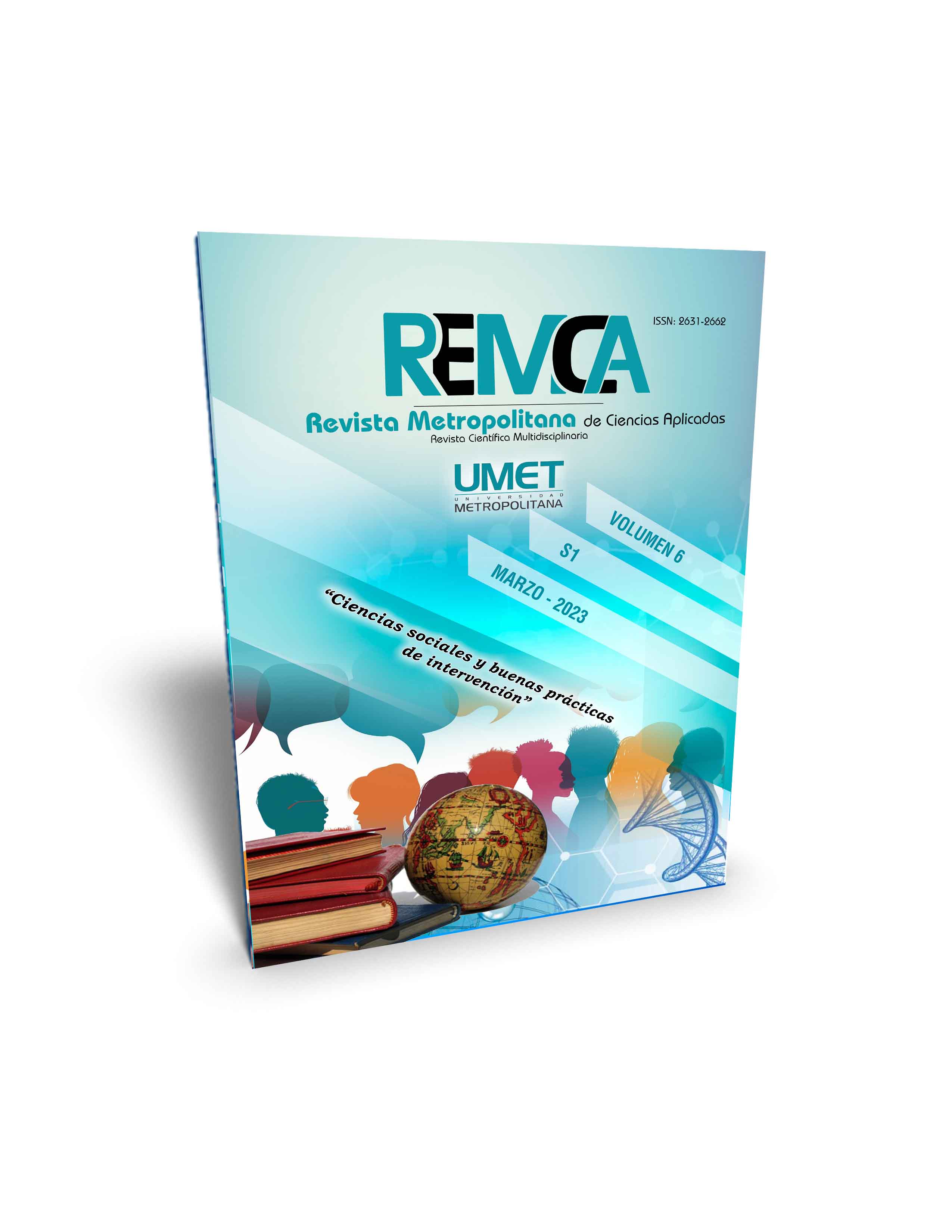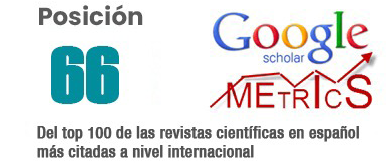Gamification: ¿pedagogical resource to raise reading comprehension levels in university students?
DOI:
https://doi.org/10.62452/keq3fg04Keywords:
Gamification, reading comprehension, learningAbstract
The objective of this study was to determine the possibility of using the gamification technique as a potential contributor to the development of reading comprehension levels in students of the first and second semesters of the Faculty of Philosophy, Letters and Educational Sciences of the University of Guayaquil, during the cycle II year 2021-2022. Its approach was qualitative, and the applied methodology was descriptive. The main tools used for data collection were the questionnaire and the survey. The chosen population was made up of 164 students, 66 men and 98 women between 19 and 35 years of age, from the first and second semesters, in online classes, Psychology subject. Localized theoretical references advise the use of gamification for multiple purposes in university classrooms. The results referring to the process of reading comprehension by the students showed serious difficulties in their reading skills. On the other hand, a favorable predisposition to the use of the gamification technique was detected in them.
Downloads
References
Ausubel, D.P. (1963). The psychology of meaningful verbal learning. Grune and Stratton.
Boccio Zúñiga, K., & Gildemeister Flores, R. (2018). Programa Leer es estar adelante: evaluación de la comprensión lectora a través de un estudio longitudinal.IEP Ediciones.
Carrillo, M., Padilla, J., Rosero, T., & Sol, M. (2009). La motivación y el aprendizaje. Alteridad: revista de educación, 4(2), 20-33.
Contreras Espinosa, R., & Eguia, J. L. (2017). Experiencias de gamificación en aulas. InCom-UAB.
El Comercio. (2021). Ecuador, con bajo desempeño en lectura. https://www.elcomercio.com/tendencias/sociedad/ecuador-bajo-desempeno-lectura-ninos.html
Gallego Aguilar, A. F., & Ágredo Ramos, A. F. (2016). Implementando una metodología de gamificación para motivar la lectura y escritura en jóvenes universitarios. Kepes, 13(14), 61 - 81.
Macay-Zambrano, M., & Véliz-Castro, F. (2019). Niveles en la comprensión lectora de los estudiantes universitarios. Polo del Conocimiento, 4(3), 401-415.
Mayorga Albán, A. L., Navas, Y., & Pacheco Mendoza, S. (2014). Desafíos pedagógicos ante el uso de las Tecnologías de la Información y la Comunicación en la Educación Superior del Ecuador. Yachana Revista Científica, 3(2).
Organización de las Naciones Unidas para la Educación, la Ciencia y la Cultura. (1998). Declaración Mundial sobre la Educación Superior en el siglo XXI: Visión y Acción. UNESCO. https://unesdoc.unesco.org/ark:/48223/pf0000113878_spa
Organización de las Naciones Unidas para la Educación, la Ciencia y la Cultura. (2022). La cultura, un bien público mundial. UNESCO. https://unesdoc.unesco.org/ark:/48223/pf0000382082_spa
Pérez Zorrilla, M.J. (2005). Evaluación de la comprensión lectora: Dificultades y limitaciones. Revista de Educación, 121-138. https://www.educacionyfp.gob.es/dam/jcr:40a833f1-db59-4b9d-984b-164ae496892e/re200510-pdf.pdf
Pinzas, J. (2007). Estrategias metacognitivas para desarrollar la comprensión lectora. Metrocolor.
Smith, C.B. (1989). La enseñanza de la lecto-escritura: un enfoque interactivo. Aprendizaje Visor.
Solé, I. (1987). Las posibilidades de un modelo teórico para la enseñanza de la comprensión lectora. Infancia y Aprendizaje, (39-40), 1-13.
Teixes-Argilés, F. (2014). Gamificación: motivar jugando. Editorial UOC.
Valencia, A. (2017). Práctica en psicología educativa basada en evidencia. UNAM.
Downloads
Published
Issue
Section
License
Copyright (c) 2023 Diana Marjorie Muñoz-Morán (Autor/a)

This work is licensed under a Creative Commons Attribution-NonCommercial-ShareAlike 4.0 International License.
Authors who publish in Revista Metropolitana de Ciencias Aplicadas (REMCA), agree to the following terms:
1. Copyright
Authors retain unrestricted copyright to their work. Authors grant the journal the right of first publication. To this end, they assign the journal non-exclusive exploitation rights (reproduction, distribution, public communication, and transformation). Authors may enter into additional agreements for the non-exclusive distribution of the version of the work published in the journal, provided that acknowledgment of its initial publication in this journal is given.
© The authors.
2. License
The articles are published in the journal under the Creative Commons Attribution-NonCommercial-ShareAlike 4.0 International License (CC BY-NC-SA 4.0). The terms can be found at: https://creativecommons.org/licenses/by-nc-sa/4.0/deed.en
This license allows:
- Sharing: Copying and redistributing the material in any medium or format.
- Adapting: Remixing, transforming, and building upon the material.
Under the following terms:
- Attribution: You must give appropriate credit, provide a link to the license, and indicate if any changes were made. You may do this in any reasonable manner, but not in any way that suggests the licensor endorses or sponsors your use.
- NonCommercial: You may not use the material for commercial purposes.
- ShareAlike: If you remix, transform, or build upon the material, you must distribute your creation under the same license as the original work.
There are no additional restrictions. You may not apply legal terms or technological measures that legally restrict others from doing anything the license permits.




